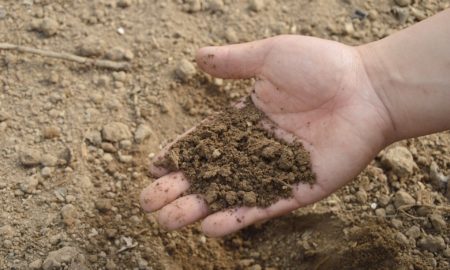Why Micropipetting Art is a Blast
Unveiling the Artistic Side of Science
Micropipetting, the process of transferring tiny volumes of liquids, is a fundamental skill in biology labs. But who knew it could also be an artistic outlet? A micropipetting art activity, like this one, provides a fun and engaging way to learn this essential technique. By creating their own microliter masterpieces, students engage their creative side while they become micropipette experts!
So, why should you give micropipetting art a try?

- It’s a creative outlet for trained scientists: Unleash your inner artist and explore your creative side through scientific tools.
- It makes learning fun and engaging: Micropipetting art can transform a mundane task into an enjoyable learning experience, especially for students.
- It helps develop essential lab skills: While creating art, you’ll be honing your micropipetting skills, improving accuracy and precision.
- It fosters collaboration: Micropipetting art can be a collaborative activity, allowing you to create art together with your colleagues or classmates.
All you need to get started are:
- Colored dyes, which can be as simple as food coloring (just one drop in 15 mL of water)
- Pre-designed art templates, or some of your own creation!
- Of course, a micropipette and micropipette tips
So, when it’s time to get students ready for the molecular biology lab, ditch the traditional experiments for a while and embrace the artistic side of science with micropipetting art!









